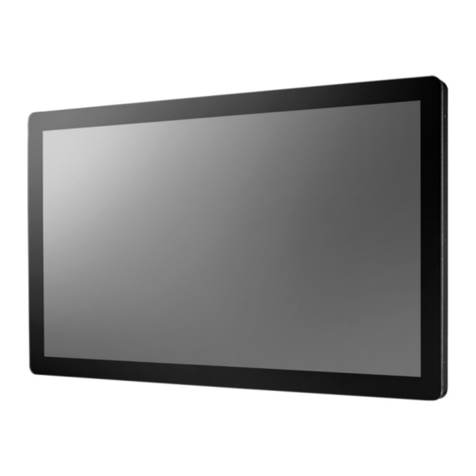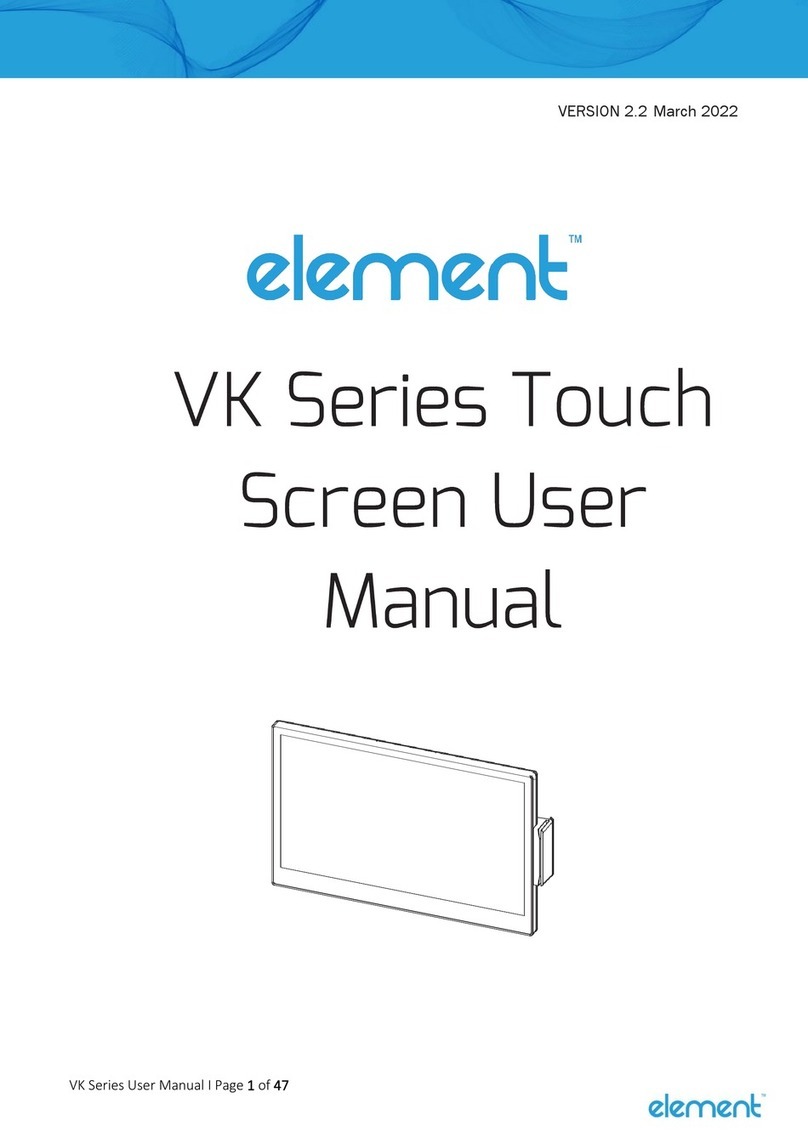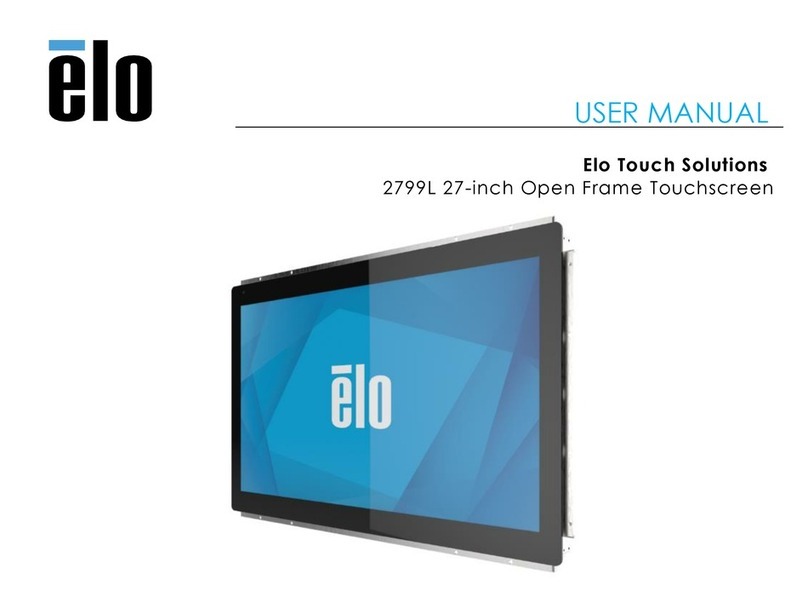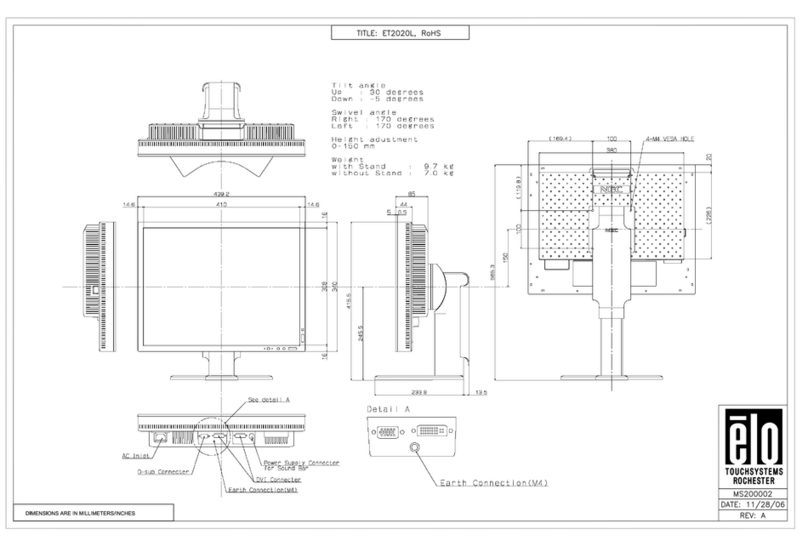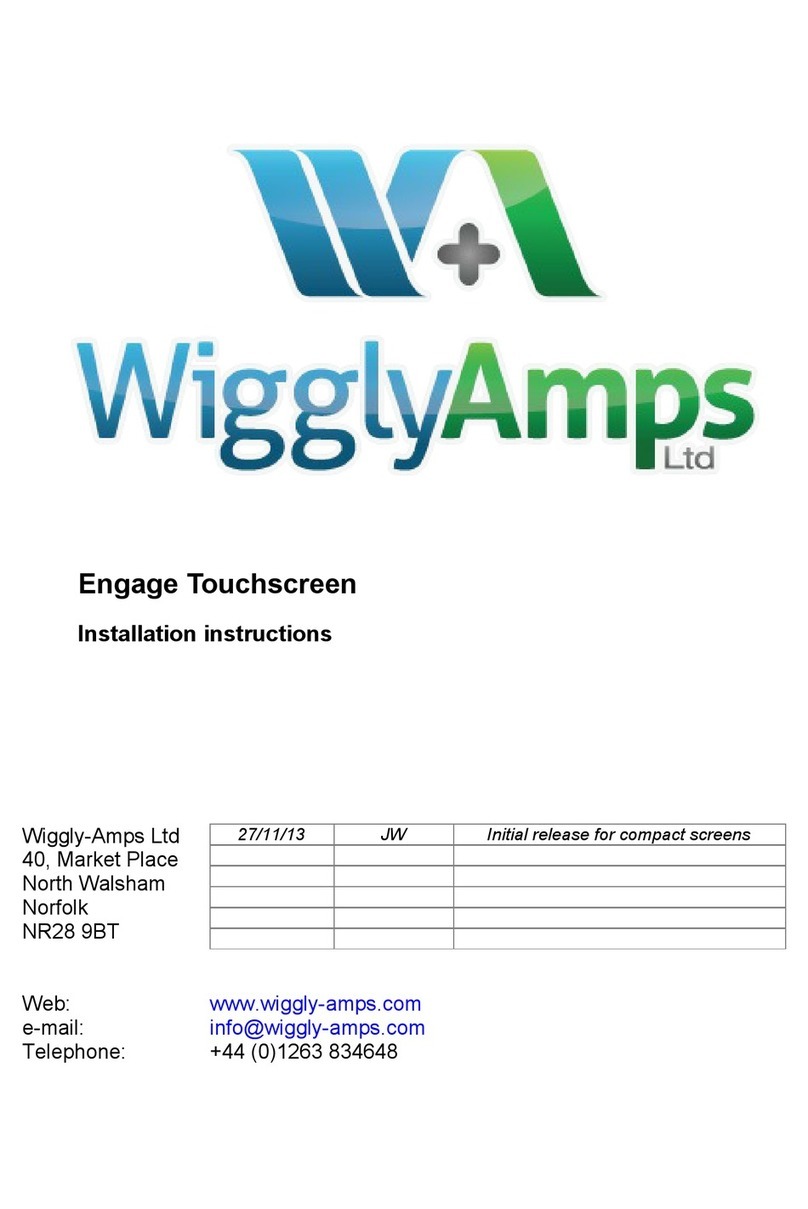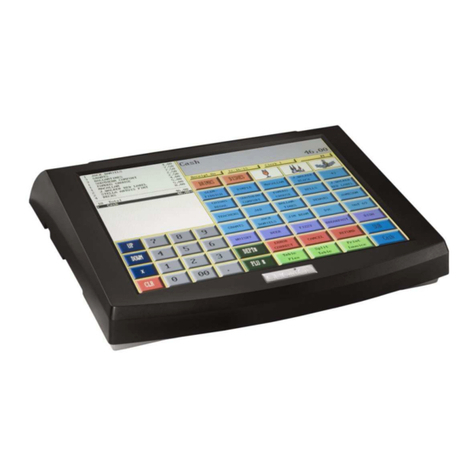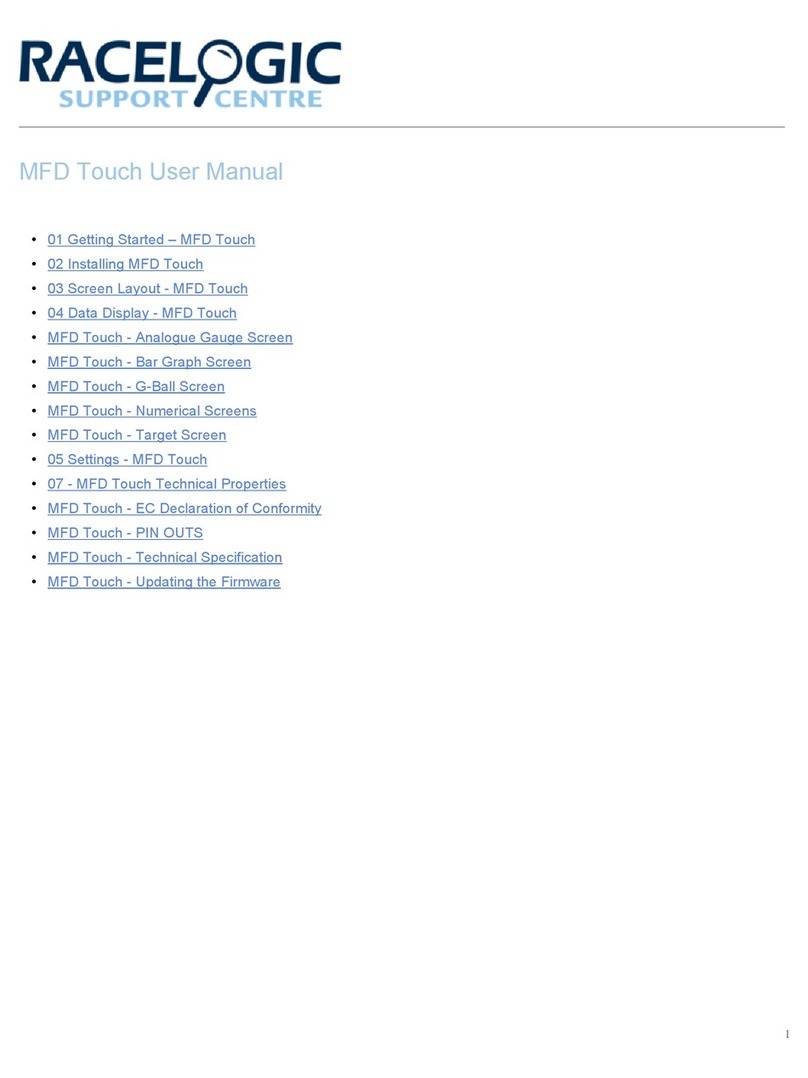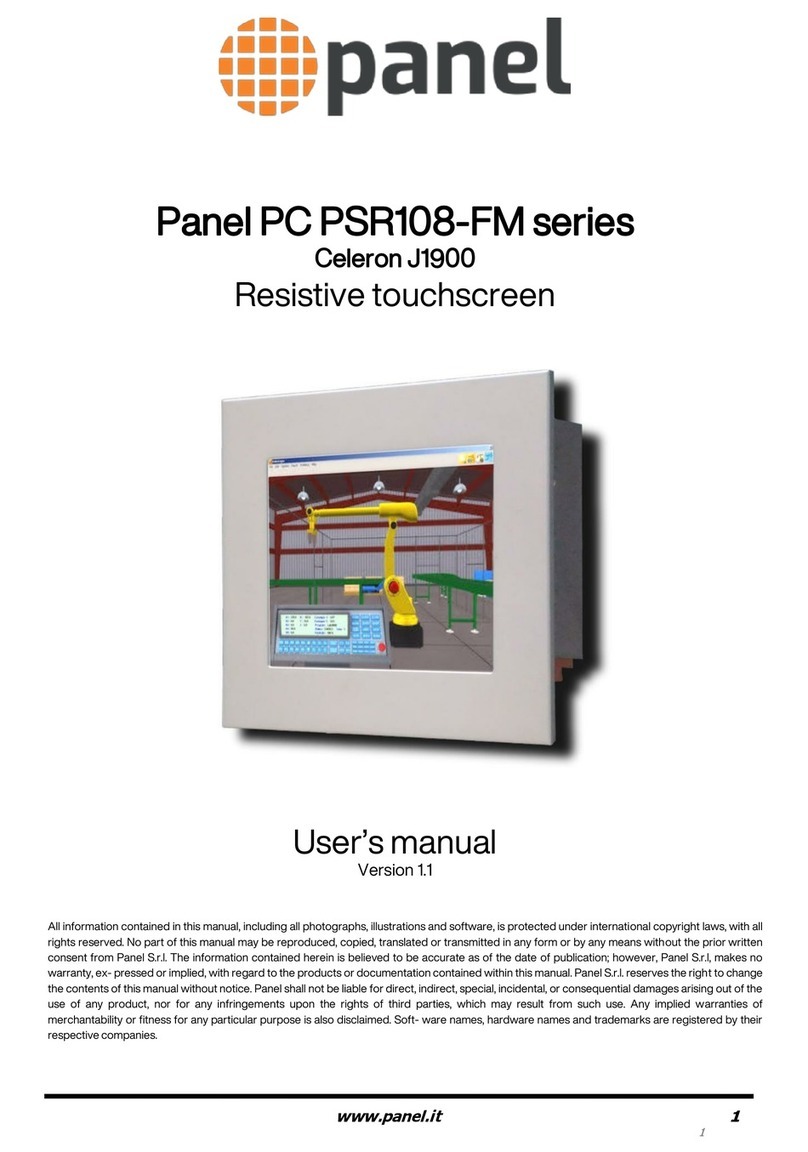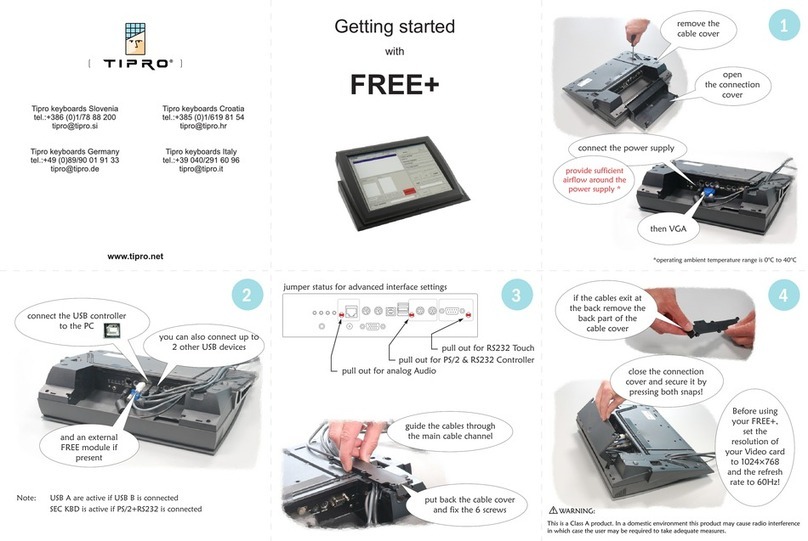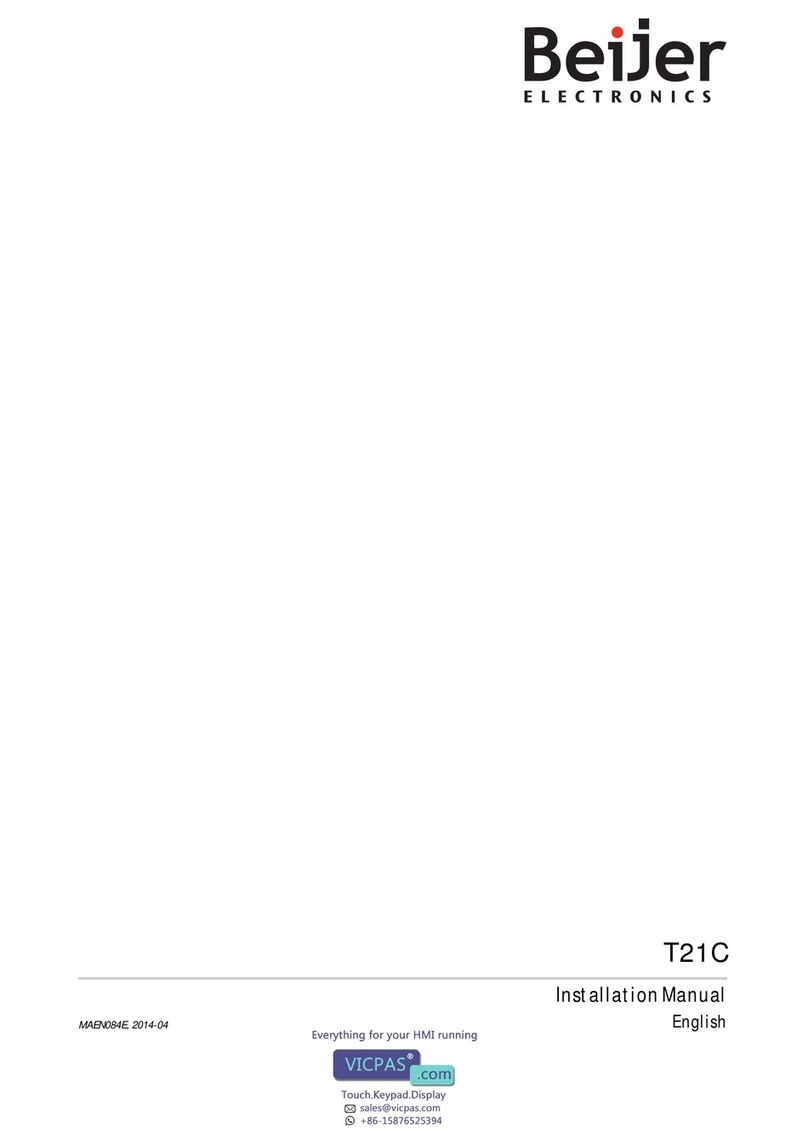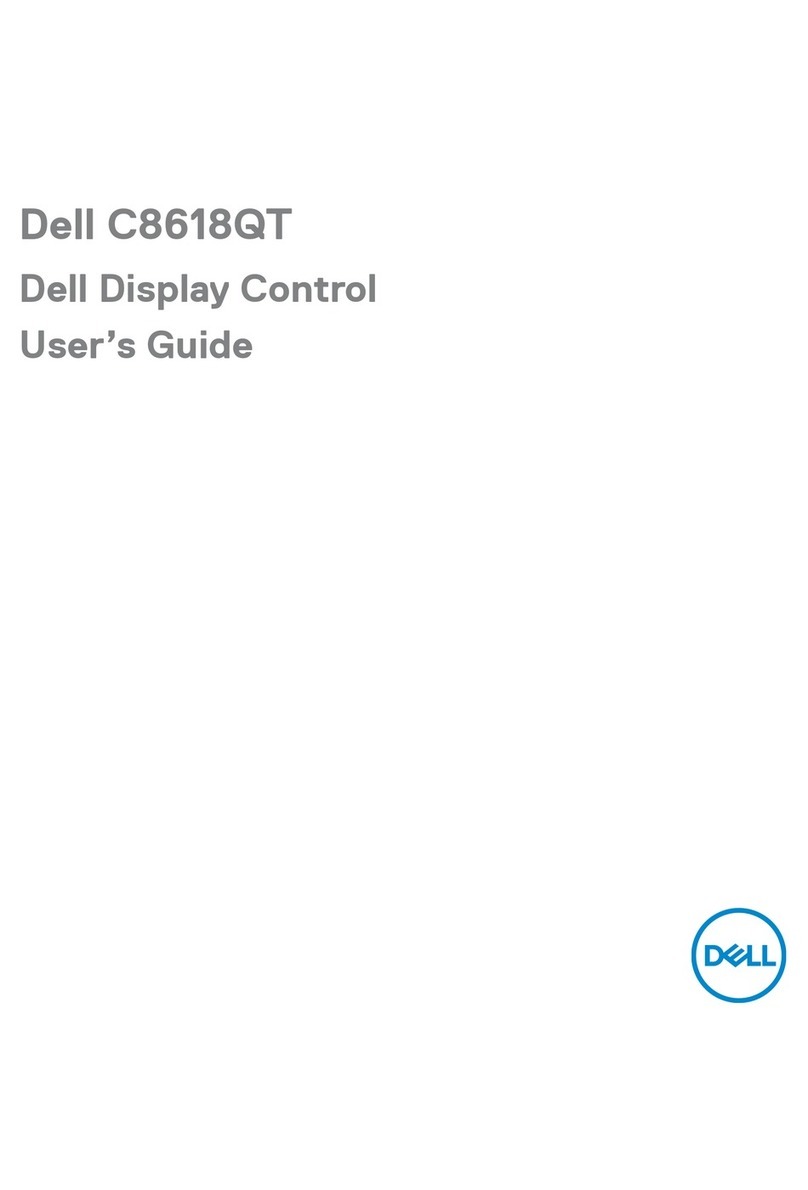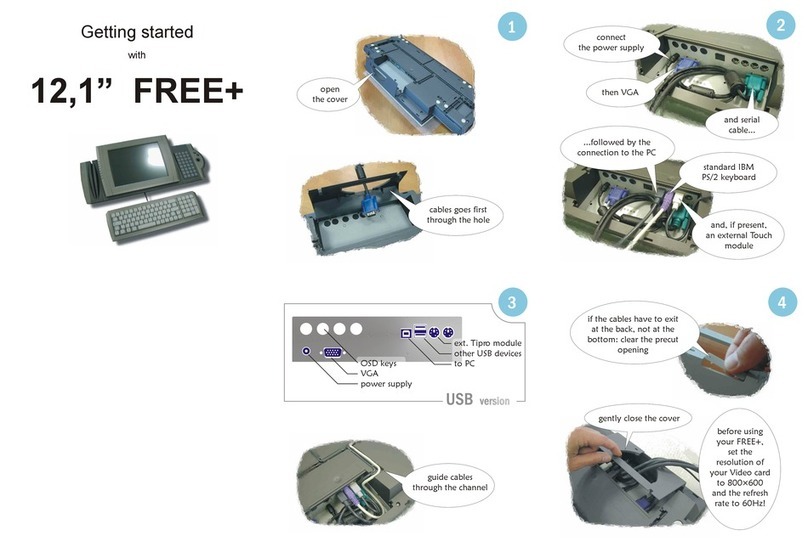3
Index
1. Safety Precautions .................................................................................. 5
2. General information................................................................................. 6
2.1 Technical data.......................................................................................................................6
2.2 Components..........................................................................................................................7
2.2.1 POS Concerto...................................................................................................................7
2.2.2 POS QTouch2...................................................................................................................8
2.3 Operating modes...................................................................................................................8
2.4 Interfaces...............................................................................................................................9
2.4.1 Pin Assignment..............................................................................................................10
2.4.2 Adapter Cable for RS232................................................................................................10
2.5 Names of Keys and Their Function....................................................................................12
3. Getting Started....................................................................................... 14
4. Sign in and Register.............................................................................. 14
4.1 Sign in a Clerk/Sales Person..............................................................................................14
4.2 Register a Department........................................................................................................15
4.3 Register Pre-Programmed PLU’s.......................................................................................15
4.4 Enter a New Price................................................................................................................15
4.5 Create a PLU during the Sale.............................................................................................16
4.6 Multiplication/Division ........................................................................................................17
4.7 Holding a Sale .....................................................................................................................18
4.8 Tendering in Local Currency..............................................................................................18
4.9 Tendering in Foreign Currency..........................................................................................19
4.10 Receipt On/Off and Receipt Copy....................................................................................19
4.11 Time and Date....................................................................................................................19
4.12 No Sale / Open Drawer......................................................................................................19
5. Corrections ............................................................................................ 20
5.1 Clearing of Inputs and Error Messages............................................................................20
5.2 Error correction...................................................................................................................20
5.3 Void 20
5.4 Refund..................................................................................................................................21
5.5 Transaction Refund.............................................................................................................21
5.6 Transaction Cancel.............................................................................................................22
5.7 Tender Correction...............................................................................................................22
6. Discounts, RA and PO........................................................................... 22
6.1 Percentage Discount/Surcharge........................................................................................22
6.2 Amount Discount/Surcharge..............................................................................................23
6.3 Received on Account / Paid Out ........................................................................................23
7. Using Shift Levels.................................................................................. 24
7.1 PLU/Department Shift.........................................................................................................24
7.2 Price Shift............................................................................................................................24
7.3 Tax Shift...............................................................................................................................24
7.4 Keyboard Levels .................................................................................................................25
